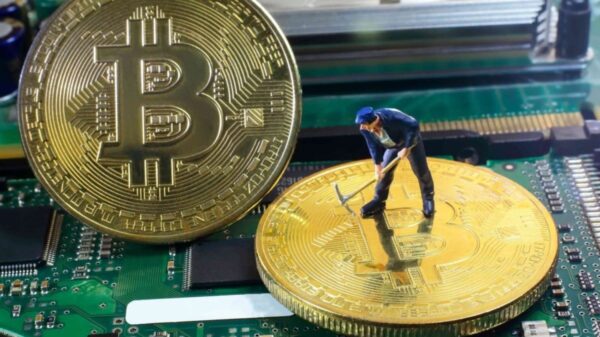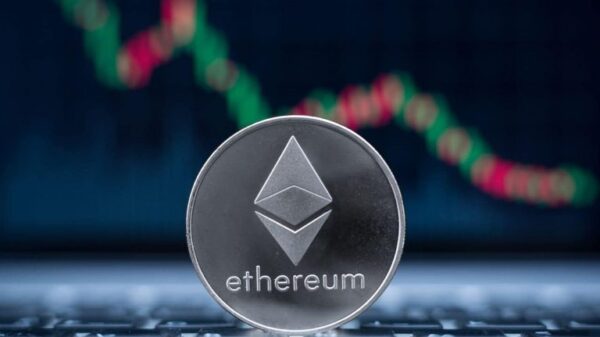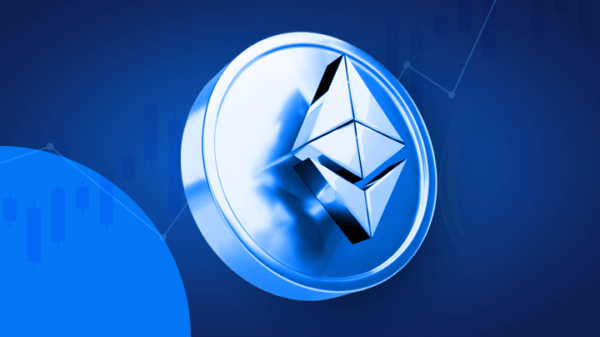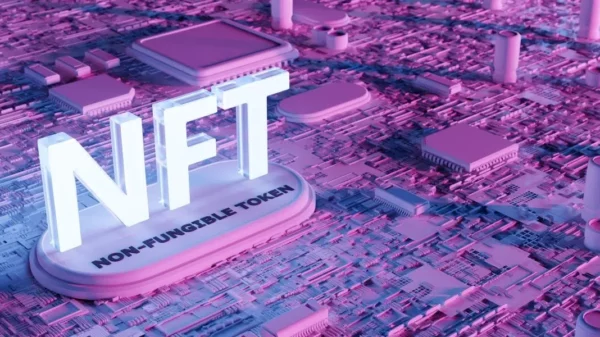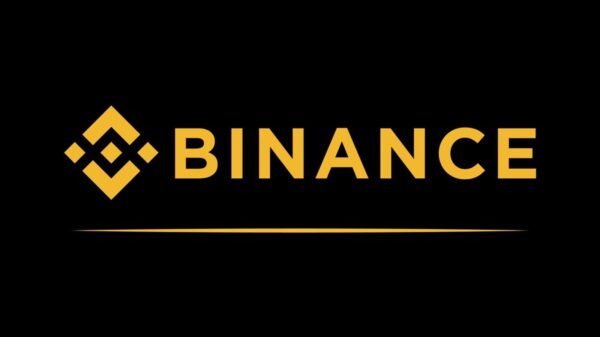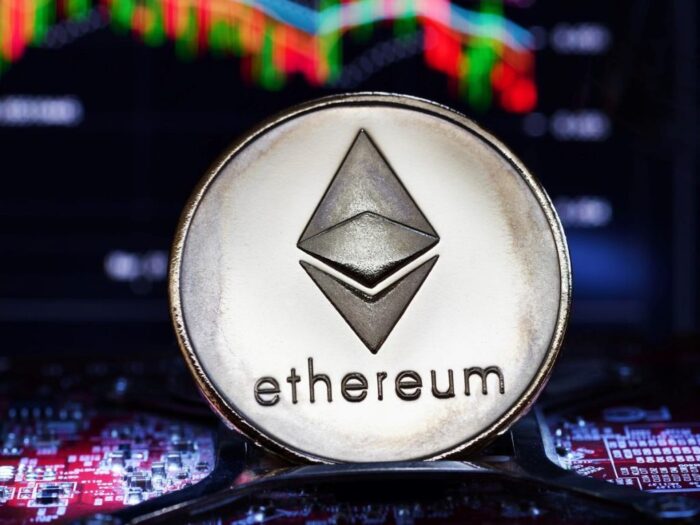One of the hottest debates in Ethereum (ETH) right now is about miner extractable value (MEV). This is the practice of miners ordering (or being paid to order) transactions in such a way as to front-run or back-run trades made by other users.
MEV was documented as early as April 2019 in a paper authored by researchers (predominantly) from Cornell University, who wrote that “MEV poses a realistic
threat to Ethereum today.” Since then, the practice has only become more widespread, particularly with the general growth of smart contract platforms, DeFi and decentralized exchanges (DEXes).
Hypothetically MEV can also be seen on the Bitcoin (BTC) network but it is ed to be inherently less exposed to MEV than blockchains like Ethereum.
But how much of a problem is MEV? Well, the opinion is mixed, depending on which camp you ask. Researchers are saying that it’s a serious problem that will be challenging to rectify, while more Ethereum-aligned figures are noting that its effects are fairly moderate and solvable.
Defining the scale of the problem
Speaking to independent researchers who’ve studied MEV, they almost unanimously concur that it’s a serious issue in today’s smart-contract platforms.
“My academic group coined the term in a paper studying its rise among bots in 2019. Back then, we documented substantial and, in some cases, profoundly disturbing effects, including many users begging arbitrageurs online to return money they couldn’t afford to lose,” said Prof. Ari Juels, who co-authored the 2019 paper with colleagues at Cornell (and at Carnegie Mellon, University of Illinois Urbana-Champaign and ETH Zürich).
Juels added that MEV “has become far more widespread and aggressively exploited since then.” This is an impression shared by Ittay Eyal, an Assistant Professor at the Technion – Israel Institute of Technology, who has also researched and written about the problem.
“MEV is very real and is causing real harm. It directly increases the overhead users experience when using DeFi, as a portion of their gains is diverted to bot armies,” he told Cryptonews.com.
Basically, MEV involves reordering transactions in order to profit from having your transaction(s) confirmed before or after other transactions. For instance, a user may pay a ridiculously high gas fee in order to have their purchase of some ETH confirmed before the price of ETH increases (or vice versa), so that they can sell it at a profit.
“The ordering of transactions in a block is prioritized by miners to accept the highest gas bid first. Arbitrageurs are willing to pay very high prices to prioritize their transaction up this queue, and can get into a bidding war that becomes a negative externality on everyone,” said Lex Sokolin, the head economist and global fintech co-head at Ethereum-focused blockchain company ConsenSys.
Not everyone agrees that MEV is a truly severe problem, in the sense of substantially interfering with its normal functioning.
“With regards to ‘harm,’ I’d say it’s pretty moderate now: most MEV extraction is in the form of front-running trades on DEXes to profit off the slippage, and we’re already seeing some solutions (e.g. Taichi Network, MistX, etc.) which mitigate this. There are more harmful types of MEV, but I’m not aware of instances being seen on the Ethereum network,” said Ethereum developer Tim Beiko.
According to Flashbots (an organization founded to push MEV in a more positive direction), miners have made some USD 109m in profit to date from MEV. However, this is MEV arranged via Flashbots’ platform, so the actual profit from all MEV activities is likely to be higher.
Can MEV be good?
The existence of Flashbots points to a view, at least among miners and certain other parties, that MEV can be used for good. And there does seem to be some degree of agreement that MEV exists on a spectrum, with some examples being worse than others.
“MEV is a catch-all term that encompasses arbitrage that is both ‘good’ and ‘bad’ in terms of resulting transaction costs for users. Distinguishing good from bad MEV is an open research problem,” said Ari Juels.
Some industry players have suggested that MEV is a likely response to Ethereum Improvement Proposal (EIP)-1559, which will reduce miner revenue from fees and force mining pools/companies to seek alternative revenue streams. However, for Ittay Eyal, the loss of revenues from EIP-1559 doesn’t really justify MEV.
“EIP-1559 is expected to reduce miner revenue by burning a significant portion of user paid transaction fees. I don’t believe the solution to that is taking the users’ money in a more sneaky way. Instead, rewards (minting) can be increased, or the number of miners would reduce, reducing Ethereum’s ecological footprint,” he told Cryptonews.com.
On the other hand, people working within Ethereum suggested that MEV is pretty much a ‘fact of life,’ and that the problem isn’t to eradicate it completely, but find ways of reconciling it with Ethereum’s wider aims.
“The debate about MEV is how to create transaction pools that pay miners a fair value for opting out of the gas auction for a different mechanism. It’s not that miners are doing something coercive or uneconomic, these are issues already endemic to the protocol and capital markets in general,” said Lex Sokolin.
He added that, in the sense of finding the optimal/fairest mechanisms for ordering blocks, MEV doesn’t pose a threat as such.
“It’s just about designing superior gas price discovery mechanisms and making transaction ordering on mainnet Ethereum a topic that is well understood. I think the work Flashbots is doing has been very helpful for the ecosystem, and will persist beyond EIP-1559 and the switch to staking,” he said.
Tim Beiko has a similar view, suggesting that we need to find ways of living with MEV while reducing its worst effects.
“I think my view on MEV is that we should try and minimize it, but we should then try and democratize access for capturing whatever MEV is left. This seems like the ‘least worst’ option, with the alternative being that MEV extraction is only possible by the largest miners/block producers,” he told Cryptonews.com.
Eradicated or minimized?
The question is: to what extent can MEV be minimized?
“I think there are technical approaches that can bring us much closer to a fair ecosystem by preventing miners from reordering transactions in order to exploit MEV. These include secure causal ordering — roughly, encrypting transactions and only decrypting them after they’ve been ordered — and order-fairness — roughly, ordering transactions in terms of their time of receipt,” said Ari Juels.
He acknowledges that MEV is a tricky concept and phenomenon, so there remains lots of work to be done before the industry arrives at a significant solution or mitigation.
Tim Beiko agrees with this assessment, suggesting once again that we should probably aim at minimizing rather than eradicating MEV.
“There are several application-level solutions to dealing with MEV, but it’s a complex problem and each ‘type’ of MEV basically needs to be solved independently. I’m not an expert on the various approaches, but as I understand it, there is no single ‘silver bullet’ to get rid of MEV,” he said.
sourcenews:cryptonews







